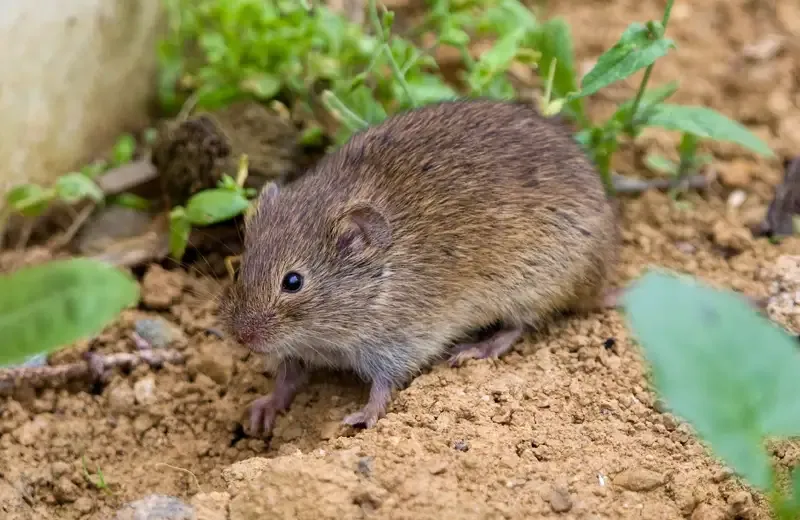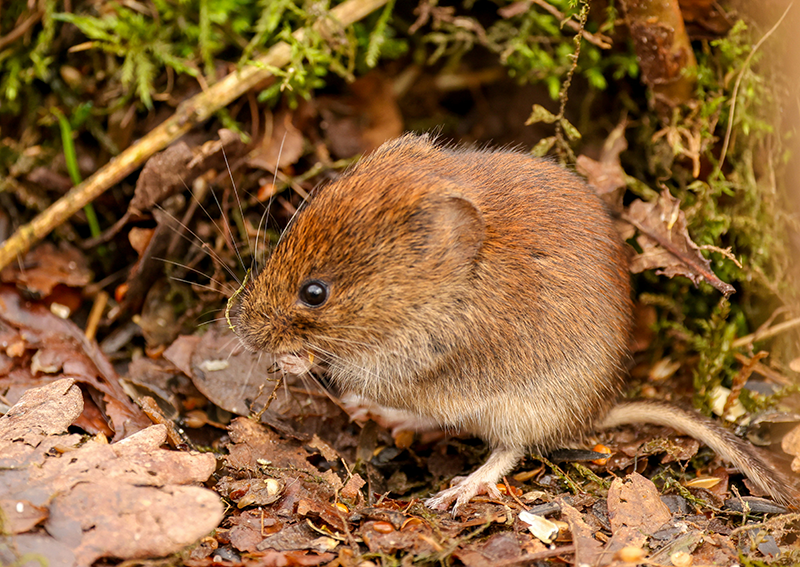Effective Vole Control Solutions: Taking Care Of Vole Pest Issues
Effective Vole Control Solutions: Taking Care Of Vole Pest Issues
Blog Article
Comprehensive Overview to Efficient Vole Bug Control: Invasion Identification and Therapy Techniques
In the realm of reliable bug control, vole infestations posture an one-of-a-kind difficulty that requires a calculated approach. These tiny rodents, frequently incorrect for mice, can wreak mayhem on gardens, grass, and crops if left untreated. Determining the indicators of vole visibility and executing targeted treatment methods are essential components of an effective pest administration strategy. By exploring the subtleties of vole behavior, comprehending key signs of problem, and assessing a variety of control options, one can establish a thorough technique to battle these elusive bugs.
Comprehending Vole Actions
Vole habits is defined by their tunneling practices and rapid recreation prices, making them a difficult insect to control effectively. Their quick reproductive rate further complicates control initiatives, with ladies qualified of generating multiple litters in a single year, each including several offspring.
Voles are most active during the early morning and evening hours, spending most of their time foraging for food. Their burrowing practices not just interrupt yards and yards yet additionally make them testing to find and remove. Comprehending vole behavior is crucial for efficient pest control approaches. By determining their burrow areas, checking feeding areas, and implementing targeted control approaches, such as capturing or environment adjustment, vole infestations can be managed successfully.
Signs of Vole Problem

Prevention Methods
Implementing effective avoidance methods is vital in reducing vole problems and protecting vegetation from their devastating feeding habits (vole control). To stop vole problems, it is important to start by getting rid of possible food sources and shelter. Keep yard and greenery trimmed short, get rid of weeds and debris, and keep a tidy garden or lawn to make the location much less attractive to voles. Setting up obstacles such as hardware cloth or below ground fencing can also help deter voles from getting in specific areas. Furthermore, reducing excess moisture by fixing leaky pipelines and ensuring proper drain can make the environment much less congenial for voles.
Consistently checking the residential or commercial property for signs of vole task, such as runways and delve openings, is Recommended Site important for very early discovery and timely activity. If vole task is suspected, think about making use of repellents or traps tactically put near their paths.
Non-Lethal Control Methods
To properly take care of vole populaces while prioritizing humane methods, non-lethal control strategies supply sensible options for minimizing vole damage in gardens and landscapes. These obstacles can be buried at least 12 inches deep and curved at a 90-degree angle to avoid voles from burrowing underneath.

Lethal Control Options
One efficient approach for attending to vole infestations in gardens and landscapes involves the calculated use of deadly control alternatives. When faced with a serious vole problem that non-lethal methods have fallen short to contain, carrying out lethal control steps comes to be essential. One frequently used lethal control choice is using breeze traps. These catches are designed to swiftly and humanely eliminate voles upon activation, making them a popular option for lots of garden enthusiasts and landscapers. To enhance the effectiveness of snap traps, it is advised to put them in locations where vole activity is high, such as along runways or near burrow entries. Another dangerous control option is the use of harmful lures specifically developed to target voles. These lures include toxin that is consumed by the voles, resulting in their ultimate demise. Nonetheless, care has to be worked out when making use of poisonous lures to stop harm look at these guys to non-target animals or family pets. Overall, when employing deadly control options, it is vital to do so properly and based on regional laws to properly take care of vole problems.
Verdict
Finally, effective vole bug control requires a thorough understanding of vole habits, recognition of signs of problem, implementation of avoidance techniques, and utilization of both lethal and non-lethal control approaches. By combining these techniques, individuals can successfully take care of vole populations and shield their building from damage. It is necessary to deal with vole problems quickly to stop further problems and minimize the effect on the surrounding setting.
Given the complex passage systems and rapid recreation prices characteristic of voles, acknowledging the indicators of i loved this vole infestation comes to be important in efficient parasite control. One of the primary indications of vole presence is the existence of surface runways or trails in turf or snow, commonly about 1-2 inches broad, produced as voles take a trip in between their burrows and food resources.To properly manage vole populations while prioritizing humane methods, non-lethal control techniques use functional remedies for lowering vole damages in yards and landscapes.One reliable approach for resolving vole infestations in yards and landscapes entails the critical usage of dangerous control alternatives. vole control.In conclusion, effective vole pest control requires a comprehensive understanding of vole behavior, recognition of indicators of invasion, application of prevention strategies, and utilization of both non-lethal and lethal control approaches
Report this page